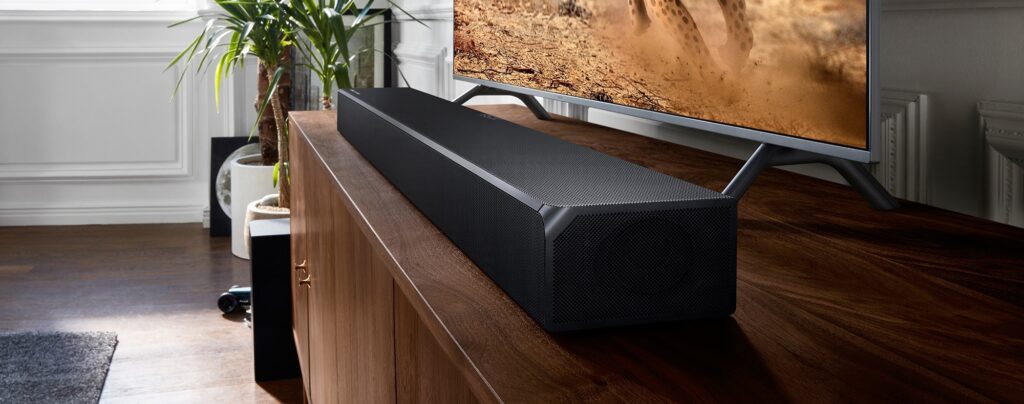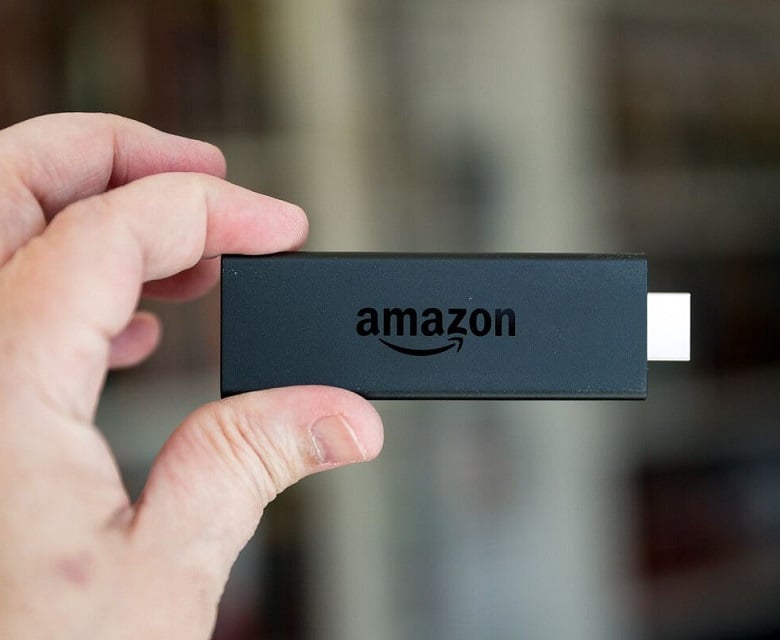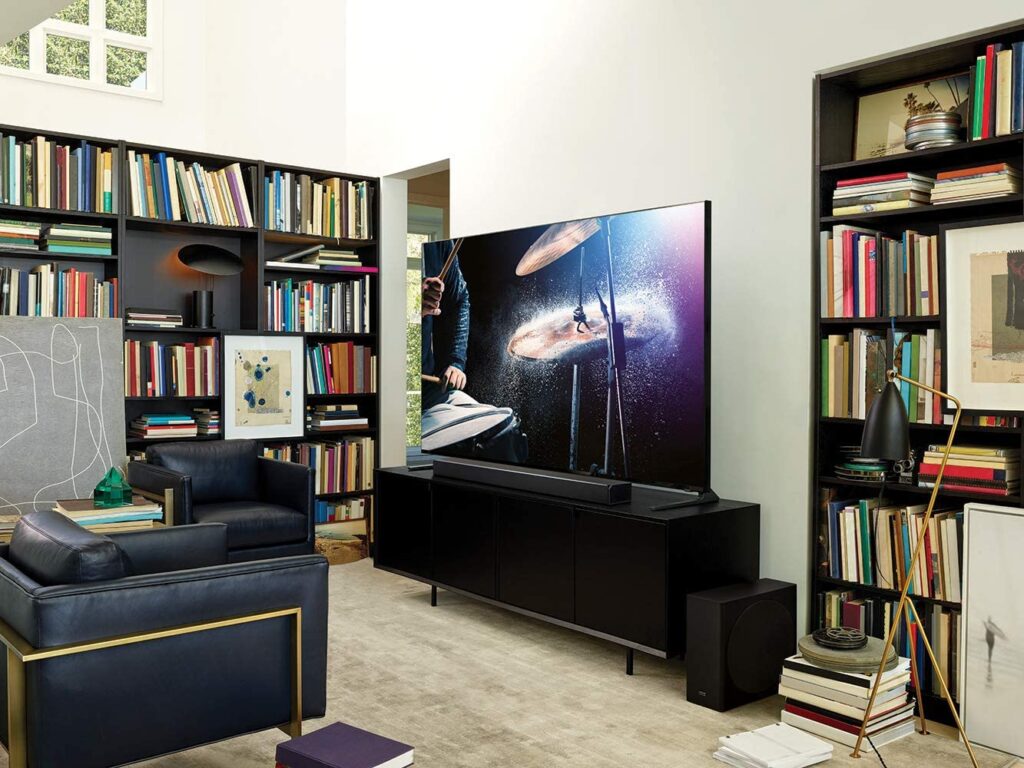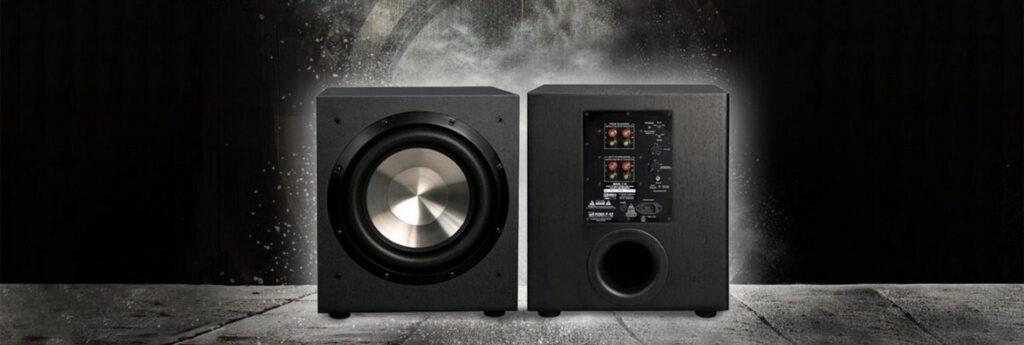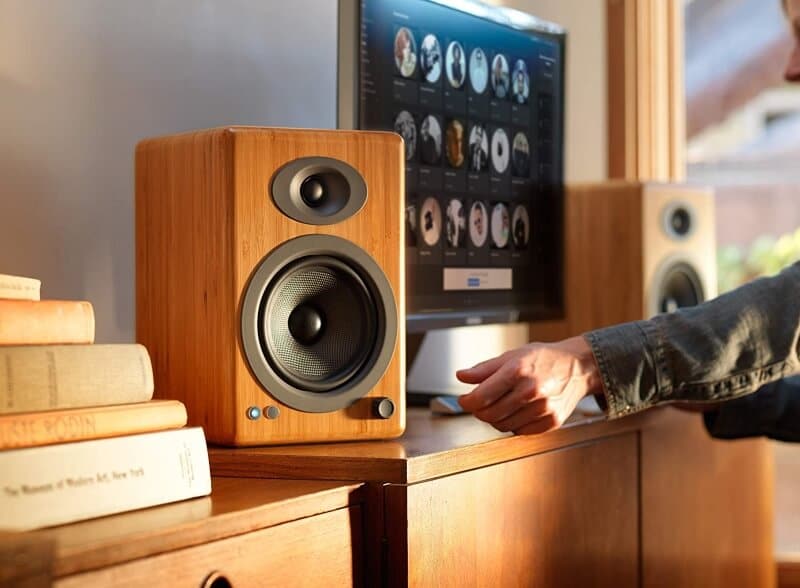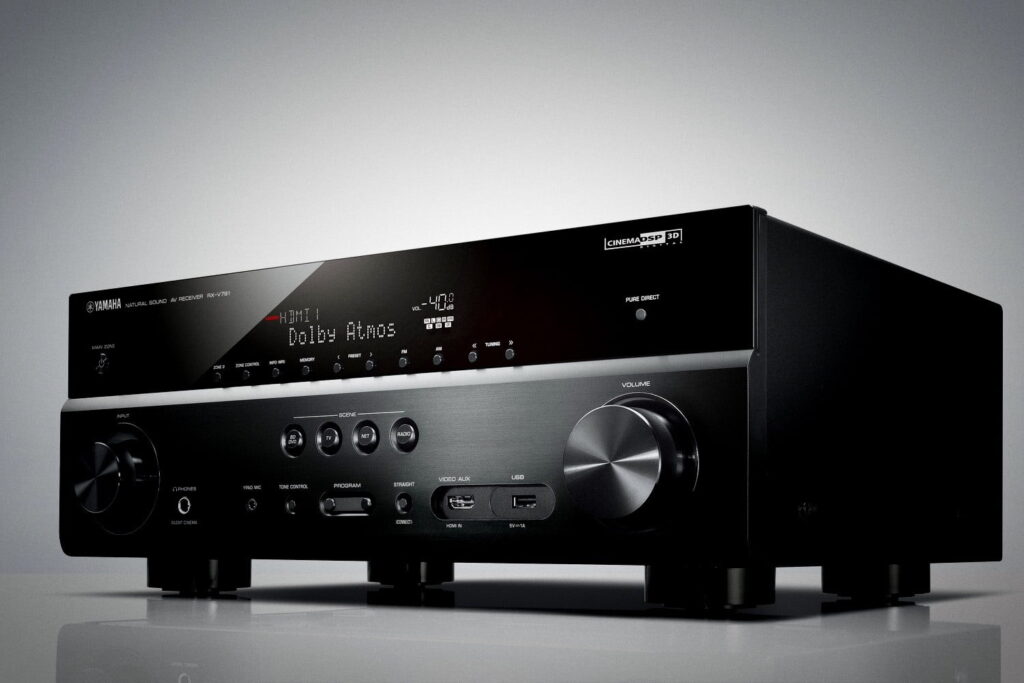So, you’ve decided to either tune up your home-theater system, or you’re building a new one. The subwoofer element is going to be a crucial part of that. It’s the speaker that delivers the bangs, crashes and thrills. But on a budget, how are you going to find the best subwoofer under $1000?
There’s no reason to spend more money than you have, and great home-theater sound is very possible to achieve on a budget. That’s why we’ve put together this guide – it’ll serve as a valuable resource in your search to build a brilliant yet affordable system. You’re going to need to incorporate a subwoofer element to reproduce the sound in any movie, and it’s the subwoofer that’ll make the action seem even more exciting, and drag you in. In this article, we’re reviewing a range of the best subwoofers out there, and we’re also going to walk through what subwoofers are, and how they work. You’ll also become a bit more familiar with the terms and technicalities that you’ll encounter on your search.
You’ll learn about dynamic power, frequency response, cone sizes, and the differences between front and down-firing technology. We’re not even kidding – by the end of this article, you’ll practically be an expert on the subject, and these terms will no longer sound like something out of an episode of Star Trek. There’s not only a buying guide here, we’re also including an easy-to-read table of five speakers, topped with what’s the best subwoofer under $1000, in our opinion. This is followed by even more details on each subwoofer on our list, with their pros and cons included.
The first thing to mention with this speaker is that it’s a ported one. Now while there’s an often-accepted rule of thumb concerning sealed speakers being for music and ported speakers being for movies, this amazing speaker might buck that trend – well and truly. It boasts a lovely, accurate and sharp representation, and that’s all probably helped by a really great quality high-density fiberboard cabinet.
The dual flares help reduce turbulence and asymmetrical distortions, which is another reason that the SVS PB-1000 can deliver such a strong bass with such little distortion. Additional adjustments can even be made by sealing the port with the supplied plug.
This speaker also looks great, and it won’t detract from even the most swish home or home-theater space. What you get here is a speaker for under $500 that performs like a million dollars. It’s astounding just how much clean bass output they’ve managed to engineer here.
The SVS PB-1000 will deliver you that movie theater sound at home, and for a great price. It really packs an awesome punch that will smack you in the chest at lower ranges. The beauty of this speaker is that it’s a great all-rounder. You’ll have a great experience listening to music on this, too, when you’re not using your home theater.
This speaker has a great output – 720 watts of peak power, produces amazing bass, for both music and movie purposes, and it’s not too steep on cost – it’s extremely hard to look past the SVS PB-100 because what you’re getting is exactly what you need – no matter what you want it for.
This is another great speaker. Power output is huge with a rating of 500 watts constant and 900 watts of peak power. It’s another front-firing speaker – just like our top pick here, and it’s also a unit that can be run ported or sealed – with the aid of the supplied port plug. Same as the SVS PB-100.
Warranty on this speaker is also exactly the same as the top pick here, and the two speakers do perform at fairly similar levels – the biggest difference being that this speaker tend to have problems producing the same quality at mid-range frequencies as the SVS speaker does. This makes it a slightly inferior contender, and that’s why it’s not at the top of our list.
If you need the middle ranges to be at their best, then you’re going to need to use the foam plug supplied with the Monolith THX Select to run it as a sealed unit. This will mean that you’re going to lose some of the performance down at the lower ranges so you’re really going to have to make your decisions here based on what sounds you want to run through this unit.
To sum it up, this is a nice enough subwoofer but it’s just not the all-rounder that the top pick is.
Ok, we’re moving way up the dollar scale with the Klipsch R-115SW. This is right at the top end of subwoofers under the $1000 mark, and we’re into luxury territory for this price range.
This unit has a really nice power rating and runs at 400 watts of continuous power, peaking up at 800 watts, so you won’t be short there. The frequency range is also good, and it’ll take you down to sounds you can’t hear at 18 Hz, and up to 125 Hz.
The cone is made from spun copper, which does look great, and you’ll gather from the picture that this is a front-firing and ported speaker. You can even opt to go wireless with this model because Klipsch can also supply the WA-2 Wireless Subwoofer Kit, although that’s sold separately and will add more cost to what’s already a pretty pricey package.
If you’re worried about paying what’s a relatively large sum of money for a large product that’s also extremely heavy and prone to significant damage if it’s not handled right, then worry no more because all the reports about the Klipsch speaker tend to suggest that it’s packaged extremely well.
In short, this is a nice speaker and it’s been well received in both the way it delivers bass and the clean sound you get out of it. Lots of dollars required, though, and this won’t suit every buyer.
The KRK 12S V2 is a subwoofer designed and built more for the recording studio environment than anything else. It’s engineered to be pretty bulletproof, too, which will be a great asset in the rough and tumble world of the late-night music session.
What you get here is a well-made unit that’s big on clarity. This speaker won’t give you the extreme lower ranges of frequency as some other speakers, and only drops as low as 39 Hz, making it less than ideal for home-theater use in reality. It does get right up the range quite high, however, and peaks out at an impressive 139 Hz.
As far as recording artists and engineers go, this subwoofer has been received amazingly well, with most seemingly blown away (let’s hope not literally) by the power of bass that this thing can push out without distortion occurring. For non-recording types, this might still be a good choice if all you want to do is annoy the neighbors or show off. The cost isn’t too bad, although the KRK 12 speaker will set you back a few hundred dollars more than the top couple of picks on this list, and the 10-inch version is about half the price of the 12-inch KRK, so it’s a big step-up in price.
The bottom line here is that it’s going to come down to what you want to use the speaker for again. And if you possibly could get by with the 10-inch version, then it’s hard to justify the big increase in price for the bigger subwoofer here.
It’s going to be necessary at this point to introduce some of you readers out there to the whole Sonos thing, as many will still not have heard of it, or realize exactly what it is intended to be.
We’re leaving the world of more conventional and traditional speakers and technology here – let’s be clear about that. Sonos is a whole system that’s designed to be a wireless set-up for the whole home. It’ll work with Alexa and loads of different streaming devices, as well as wirelessly connecting to musical equipment, and if you buy enough Sonos stuff, you can have a network of wirelessly interconnected speakers and devices throughout a home, office, or any space.
This basically means that if you’re considering a Sonos Subwoofer, you’ll already own a few other Sonos devices, and this is going to be just another addition to the fold. If you haven’t got into Sonos and you’re looking at the Sonos Sub, then be aware that you’re going to need to invest in more than just the sub in order to get the benefit of what it can do.
What it can do isn’t all that bad, and it gets down to 25 Hz, which isn’t the best in this list, but not far off. This won’t be a speaker for the traditionalist, but if you like wireless and modern looks, then this may be for you.
The Yamaha NS-SW300PN is a nice little subwoofer and it’s a bit disappointing and off-putting that they only offer a one-year limited warranty of this product, when all is said and done.
This is a smaller speaker than the top picks in this list with a 10-inch cone. The frequency range is excellent, however, and takes you down as low as you’ll ever need to go – or be able to hear – at 20 Hz. At the upper end of its range, you get up to a very impressive 160 Hz, and all reports about this device seem to indicate that you’re getting typical Yamaha quality with the NS-SW300PN – because everything in terms of clarity and distortion seems to be well in order.
Although not the loudest and most powerful subwoofer on the list, this unit does perform well and it’s well worth mentioning that it looks really great and that the controls are both attractive and conveniently placed.
This may not be the subwoofer for hardcore headbangers, but it’ll still annoy the neighbors if they’re close enough, and the cost of this unit is really reasonable, too, so it does have attractive points for those on a budget. Do expect to sacrifice some considerable power, though.
Grabbing the final place on this list with both hands is the Polk Audio PSW505. As a budget pick, this speaker delivers a lot, for not very many dollars at all. It’s a pretty versatile unit, too, and the grille is fully removable, depending on what look and function you require.
Polk have a reputation for building decent and honest equipment and in truth, that’s what you’re getting here. Don’t expect this speaker to perform like a $1000 speaker, though – because it isn’t one. A concern is the continuous power output being a decent 300 watts, but the dynamic power only being 400 watts. It makes you wonder if there might be distortion issues here, at the more testing points in sound.
The frequency range here is great, in fact it’s almost miraculous for such a reasonably priced subwoofer. You get right down to 23 Hz at the bottom end of its capabilities, and then all the way up to the top end of 160 Hz, making this great value for money in terms of the range of sounds it can render at the lower frequencies. This unit will do a lot.
A big 12-inch cone and an excellent 5-year warranty are another two impressive features with the Polk effort, and the fact they offer such a good warranty definitely adds confidence where the low cost may have brought hesitation.
This subwoofer is very well worth considering, if you’re on a very tight budget.
Home theater can be just as great as going to the movies – maybe even better, because at home, you don’t have to pay $50 for popcorn. But, how to recreate that experience without spending massive amounts of hard-earned dollars? Well, that’s where finding the best home-theater subwoofer under $1000 comes in…
Sound is very integral to the movie theater experience, and it’s the bass sounds that are the ones that really shake you in your seat and make the whole thing so thrilling. Subwoofers are the component in any good home-theater setup that produce the bass sounds that you can actually feel – not just hear.
But what should you be looking for when you’re trying to find the best home subwoofer under $1000? Let’s take a look at the terms and the technical aspects that define these speakers.
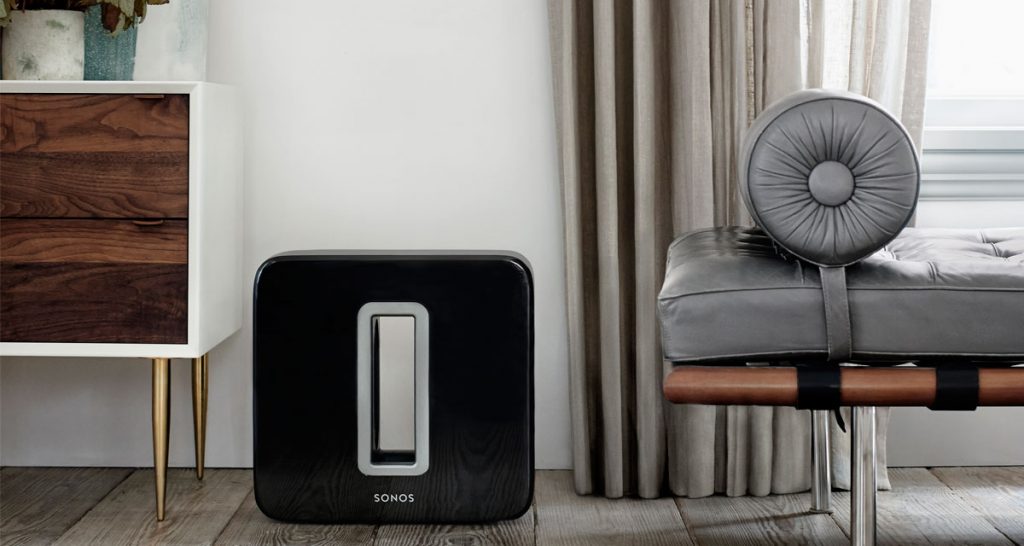
Depending on what you want to primarily use your subwoofers for, you’ll need to prioritize different attributes. We’re going to take a quick look at some of those attributes below.
Continuous power output is what the speaker can deliver continuously. Dynamic power output is a measure of what the speaker can do in terms of delivering peaks. For instance, a cymbal strike within a piece of music might even produce a peak, for just a millisecond, that goes beyond the continuous range of the speaker.
This rating will determine how accurate a reproduction of what’s being inputted into your system, is coming out. The lower the plus/minus value, the lower the difference. Different speakers are set up in ways that promote or subtract different frequencies, and two speakers can make a piece of music sound completely different in terms of the details.
This is more electronic wizardry. If you haven’t got a degree in electronic engineering, or a brain the size of the moon, think of this part of the system as a filter. Generally, the frequency range below 200 Hz is what the bass element if your set-up handles. The crossover circuit is just the gizmo that identifies the different frequencies and diverts them to different parts of the sound system that best deal with them. So, in the case of subwoofers, the stuff that’s under 200 Hz is what the crossover circuit sends them.

This isn’t as technical as it might sound to some. It’s just two different types of subwoofers, each intended primarily to work best when placed in different locations inside a room or space. Front-firing subwoofers direct soundwaves out of the front of the cabinet and are best placed, for that reason, in front of the listener somewhere. Sound fires out directly at the user and voila! – a good listening experience is had.
Down-firing speakers are also basically doing what it says in the name. They’re designed and set up to direct the sounds downwards, towards the floor. You’ll generally see these speakers in corners and at the sides of rooms, near walls.
These subwoofers tend to bounce sound off things and the delivery isn’t as direct-to-ear as with the front-firing subwoofer types.
Your own personal space or room is worth thinking about when you weigh up these two different types of device. Consider where you’re going to locate them and then choose.
This is going to come down to how precise you want the bass sounds to be. Sealed enclosures keep any backward waves trapped in the box and therefore sound a bit cleaner. For a home-theatre, this may be a massive deciding factor – especially if you’re on a budget. You’re probably only going to be looking for the best sealed subwoofer under $1000 if you’re actually looking for the best subwoofer for music under $1000 – it’s a case of what you’re looking to listen to.
This can come down to whether or not you opt for a powered speaker or not. To keep the size down, you’re going to need to be looking for the best powered subwoofer under $1000, because generally, a rule of thumb is that powered speakers can generate long bass waves from a smaller driver – which in turn needs a smaller cabinet to house it. If you go for a non-powered subwoofer, you’ll probably need a bigger driver, and the size of the whole thing will increase in order to generate the same levels of performance.
The point here is not to look for the best compact subwoofer under $1000 unless you’re prepared to go for a powered one.
Warranties are always great when you can get longer ones. For reasons that are self-explanatory. However, when you’re looking for the best subwoofer under $1000, you may be trading length of warranty available against performance features. Reliability, and specifically a manufacturer being confident enough to offer a long and comprehensive warranty, is going to come down to how well that manufacturer feels they’ve built the speaker. And a well-built unit just might attract a higher price tag. On a budget, it’s another factor you’re going to have to weigh up against how well the subwoofer sounds.
One of the best ways to get your subwoofers sounding great – and this might sound a little odd – is to take whatever sofa or chair you listen from out of the room. Then place your subwoofers where the chair usually is, put something very bass heavy on the system and walk around the room, noting the best spots in terms of how the subwoofers sound. Then try placing the speakers in those spots and listening from your usual position. This method can save a LOT of experimentation.
Well, that’s that. We’ve done the whole best subwoofer under $1000 thing. And it’s been fun. We’ve taken a look at what the terms and technical details with these speakers are, and we’ve looked at what to look out for when buying a subwoofer.
Deserving its place at the top of our table, and a great addition to any set-up, is the SVS PB-100. This speaker is a great all-rounder and you will love the price these guys have managed to supply this at. The best alternative was the Monolith THX 10-inch Subwoofer. A great speaker, too, and only just pipped to the winning post by the SVS effort. Our best budget pick here is the Polk Audio PSW505 Subwoofer, and the phrase ‘Bang for your Buck’ really sums that speaker up.
Hopefully, we’ve helped you narrow down your search here, and whether you’re a movie enthusiast, a heavy metal head, or a lover of classical music, you’re now armed with the facts you need to get good base, without going bankrupt. So, go forth and listen at lower frequencies!
